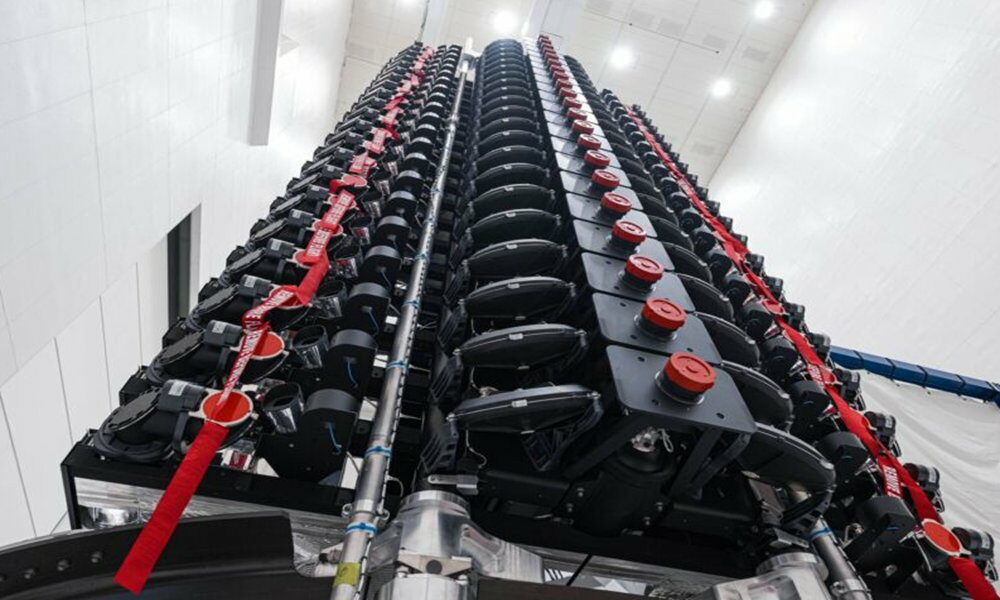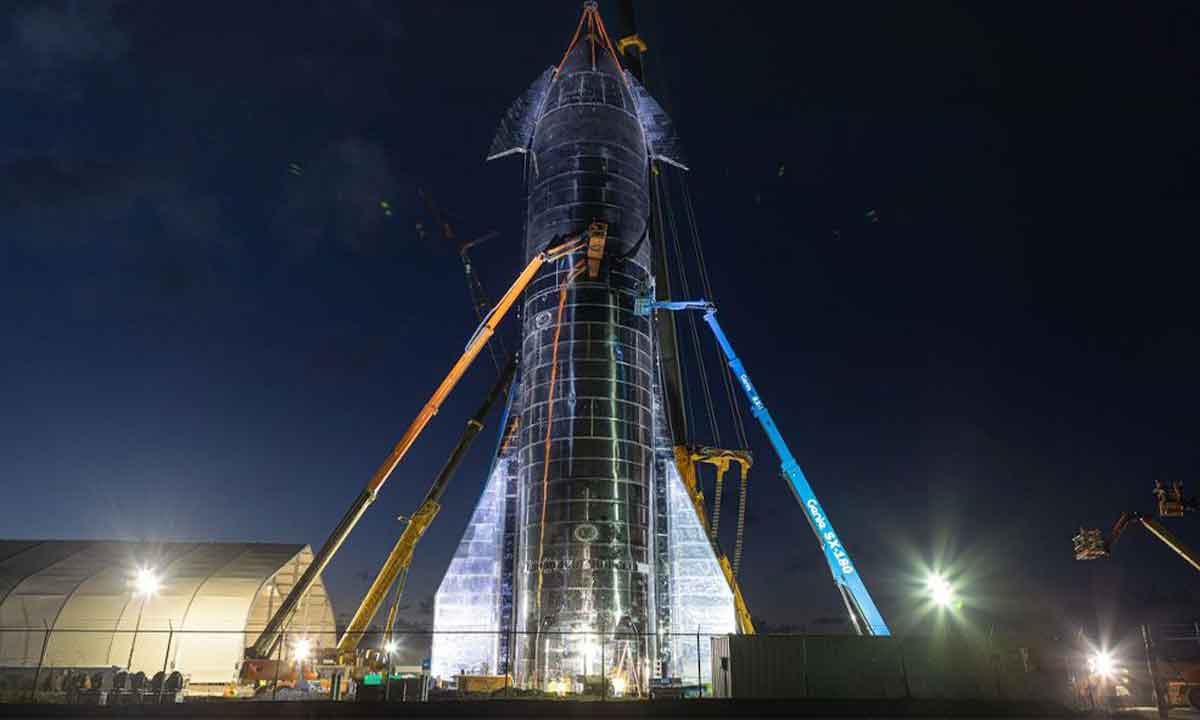
Space X is in a troubled phase to further develop its Space Internet and the new Starlink V2 Mini satellites should be the answer to the quadruple the capacity of the original satellites.
And it is that Starlink access speeds are reducing as more users, especially in the United States, have joined the service and there is currently a long waiting list. The Space Internet or the ability to offer broadband internet services from space It is a new playing field for the telecommunications industry and although Elon Musk’s firm is leading all the projects, it still needs to improve its infrastructure.
Starlink V2 and V2 “Mini”
The second generation satellites from Starlink have been developed in two versions. The larger V2s are designed to be launched from the SpaceX Starship. But this launch system is not ready yet and the V2 Minis will be the first to go into orbit since they can be launched from Falcon 9 rockets.
“V2 Minis are smaller than V2 Satellites (hence the name), but don’t let the name fool you. The V2 Minis include more advanced phased array antennas and the use of E-band for backhaul, which will allow Starlink to provide 4 times more capacity per satellite than previous versions.”they explain from SpaceX.
Despite their name, these “Mini” are much larger and heavier than the first generation. They weigh 800 kg, three times more, and have a size of almost four meters.
Say that the firm already has some 3,700 first-generation satellites in orbit at an altitude of 550 km although the original idea was to raise them up to 1,150 km. They are about the size of a shoebox and operate on a mesh network that operates in the spectrum from 40 GHz to 75 GHz to communicate with each other and use Ka/Ku radio frequencies to send the signal to terrestrial receivers.
Elon Musk promised speeds of up to 1Gbps and – most importantly – to cover the entire planet, but neither is being achieved and it is likely that many launches will be required for second generation satellites to have a noticeable impact on service performance.
SpaceX has already imposed price changes to manage its capacity limitations and last week notified residential users in “capacity limited” areas that the price of their monthly service would increase from $110 to $120, while users in areas of ‘excess capacity’ would get a price reduction. The amount of data served has also been capped, and customers who exceed 1TB in any given month will experience slower speeds unless they pay more for additional high-speed data.
Space Internet projects are interesting considering that they will be able to offer broadband access anywhere on the planet, but it is clear that today it is impossible for technical and commercial reasons. Meanwhile, on Earth, 6G, the next generation of mobile broadband networks, is scheduled to launch in 2028.




